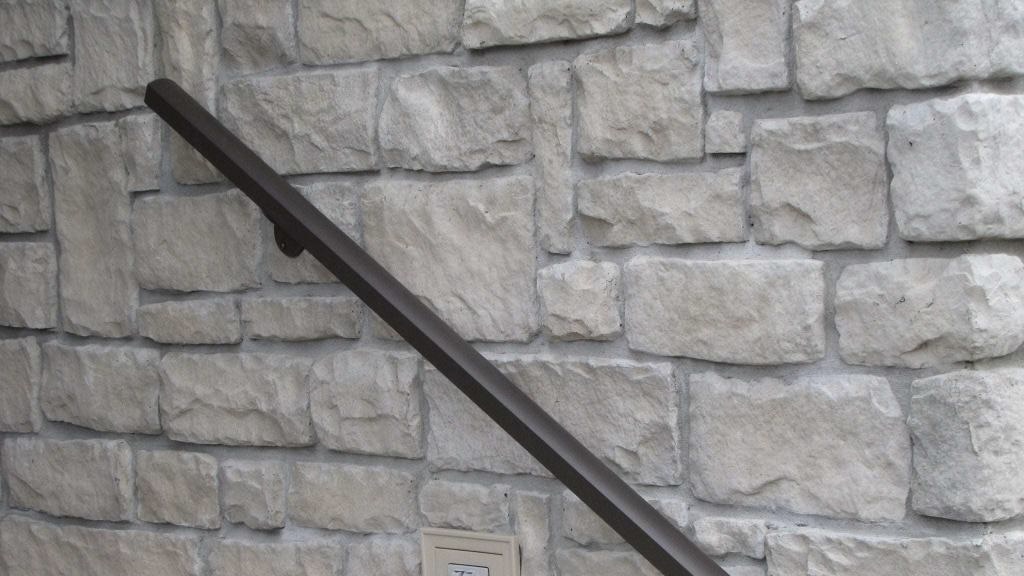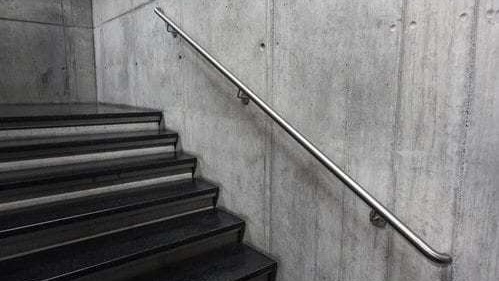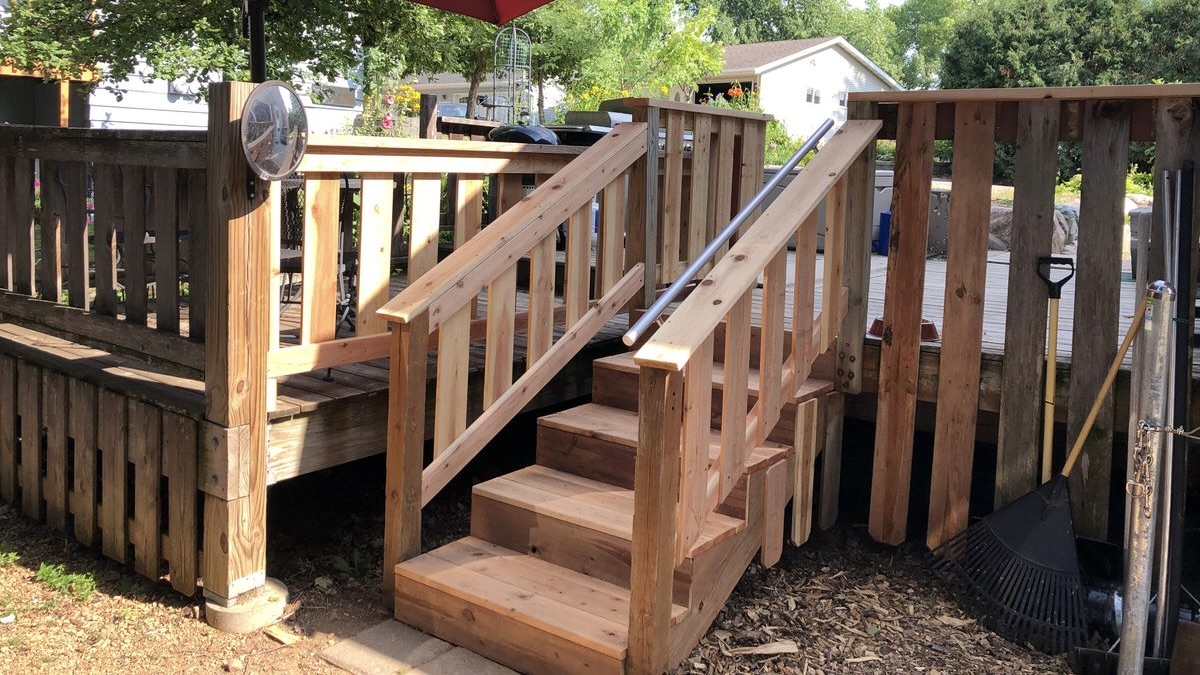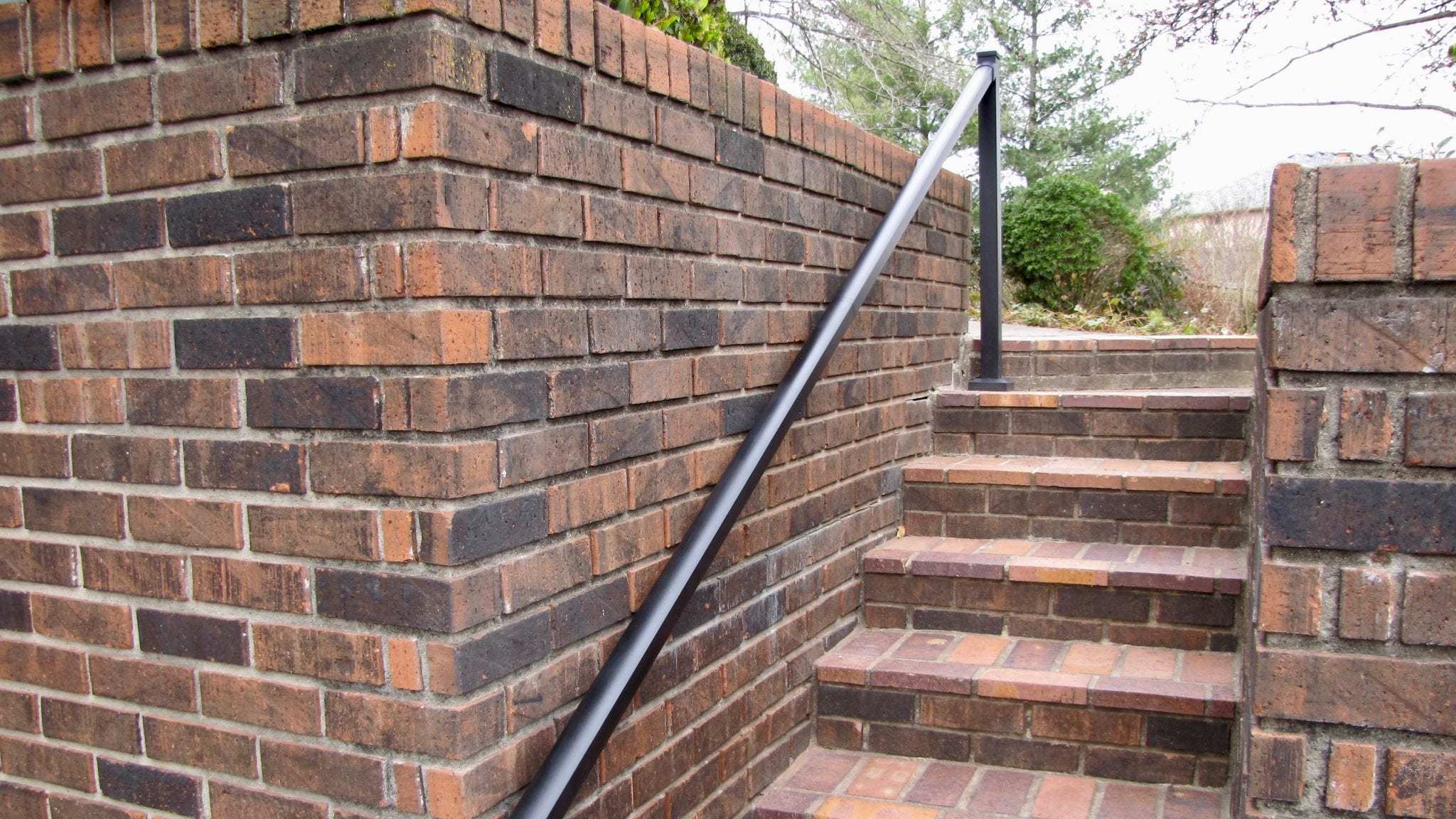AHD Blog
Stay informed about the latest tips and guidelines regarding aluminum handrails.
Exploring Railing Warranties
June 28, 2024
If you’re in the market for a new handrail, you’re probably thinking about a few factors: style, materials, and installation, for example. But railing warranties ...
Read More →
Safety Handrails for the Elderly
May 14, 2024
A teenager might feel comfortable bounding up the stairs two at a time, but for a senior with declining mobility, that same flight of stairs ...
Read More →
Types of Handrails
April 9, 2024
Design enthusiasts know that handrails aren’t just a functional safety mechanism — they’re also an intentional design choice meant to complement a space while making ...
Read More →
Is Aluminum Sustainable?
March 25, 2024
We’ve built our business around aluminum handrails, and it’s not hard to see why. Aluminum is a highly durable, attractive, and low-maintenance material for both ...
Read More →
ADA Handrails for Ramps: A Simple Guide
February 23, 2024
The Americans with Disabilities Act (ADA) helps people with disabilities by providing legal protection against discrimination. As part of this protection, the ADA stipulates that ...
Read More →
How Do Handrails on Stairs Keep You Safe?
February 1, 2024
Handrails can be a stylish addition to your home or commercial space, adding a bit of flair to neglected stairways. But handrails are safety equipment, ...
Read More →







